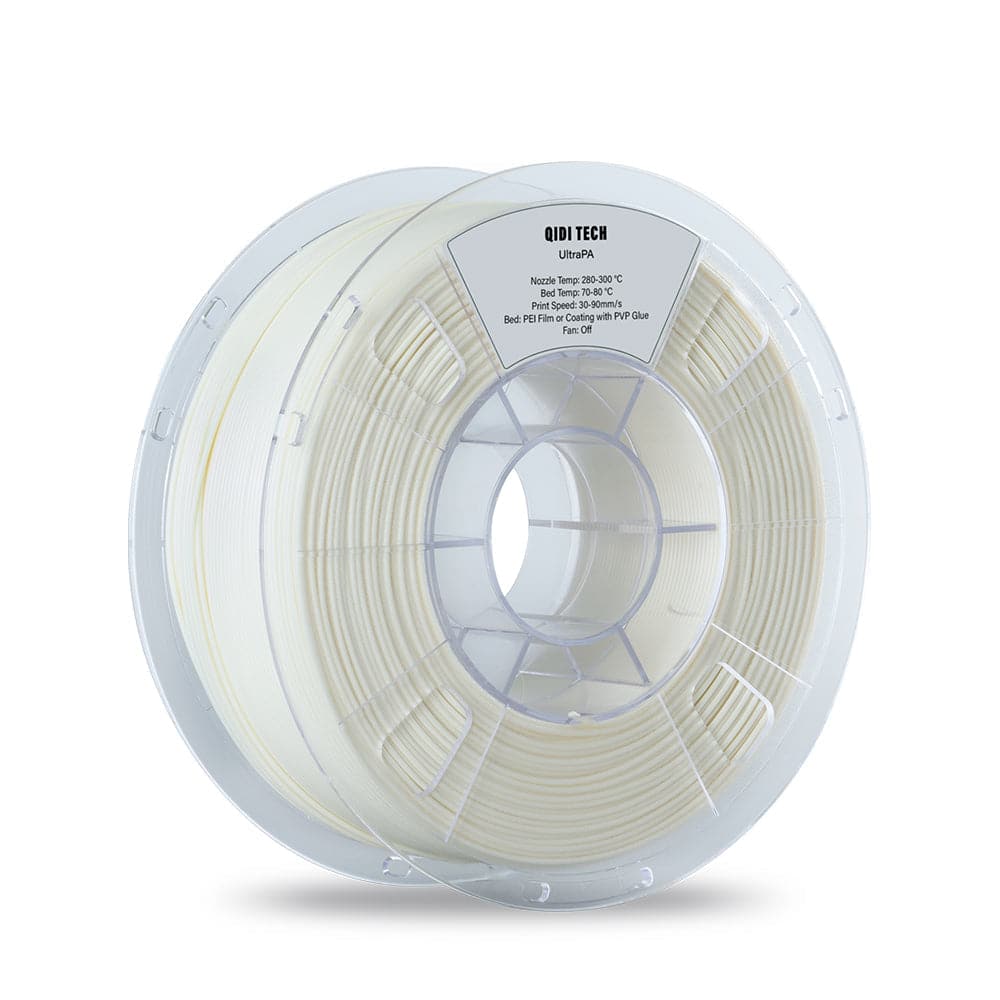When it comes to 3D printing, selecting the right filament is crucial, especially for applications that demand high wear resistance. The best choice for high wear requirements QIDI nylon filament can significantly impact the durability and performance of your printed objects. In this article, we will delve into the essential factors to consider when choosing the ideal QIDI nylon filament for your needs.

Understanding QIDI Nylon Filament
QIDI nylon filament is renowned for its strength, flexibility, and resistance to wear and tear. It is an excellent choice for printing functional parts that need to withstand mechanical stress. But what makes it the best choice for high wear requirements? Let's explore further.
Key Factors to Consider
When selecting the best QIDI nylon filament, several factors come into play:
- Material Composition: The composition of the filament affects its properties. QIDI offers various blends, including pure nylon and nylon composites.
- Print Temperature: Nylon filaments typically require higher print temperatures. Ensure your 3D printer can handle the recommended temperature range.
- Moisture Sensitivity: Nylon is hygroscopic, meaning it absorbs moisture from the air. Proper storage and drying are essential to maintain filament quality.
- Layer Adhesion: Good layer adhesion is crucial for achieving strong and durable prints. QIDI nylon filaments are designed to provide excellent adhesion between layers.
Comparing QIDI Nylon Filament Options
QIDI offers a range of nylon filaments, each with unique properties. Here are some popular options:
- QIDI Tech Nylon PA12: Known for its high strength and low shrinkage, making it ideal for precision parts.
- QIDI Tech Nylon PA6: Offers excellent wear resistance and toughness, suitable for mechanical components.
- QIDI Tech Carbon Fiber Nylon: Reinforced with carbon fibers, providing enhanced stiffness and strength.
Real-World Applications
QIDI nylon filaments are used in various industries, from automotive to aerospace. For instance, the  is often used for gears, bearings, and other high-stress components.
is often used for gears, bearings, and other high-stress components.
"QIDI Tech Nylon PA12 has transformed our prototyping process, offering unmatched durability and precision." - John Doe, Mechanical Engineer
Tips for Optimal Printing
To achieve the best results with QIDI nylon filament, follow these tips:
- Use a heated bed to prevent warping and improve adhesion.
- Store the filament in a dry environment to avoid moisture absorption.
- Calibrate your printer settings to match the filament's specifications.
Conclusion
Choosing the best choice for high wear requirements QIDI nylon filament involves understanding the material properties, considering your specific application needs, and optimizing your 3D printing setup. By following the tips and recommendations outlined in this article, you can ensure that your printed parts meet the highest standards of durability and performance.
For more information, check out this video on QIDI nylon filament.







